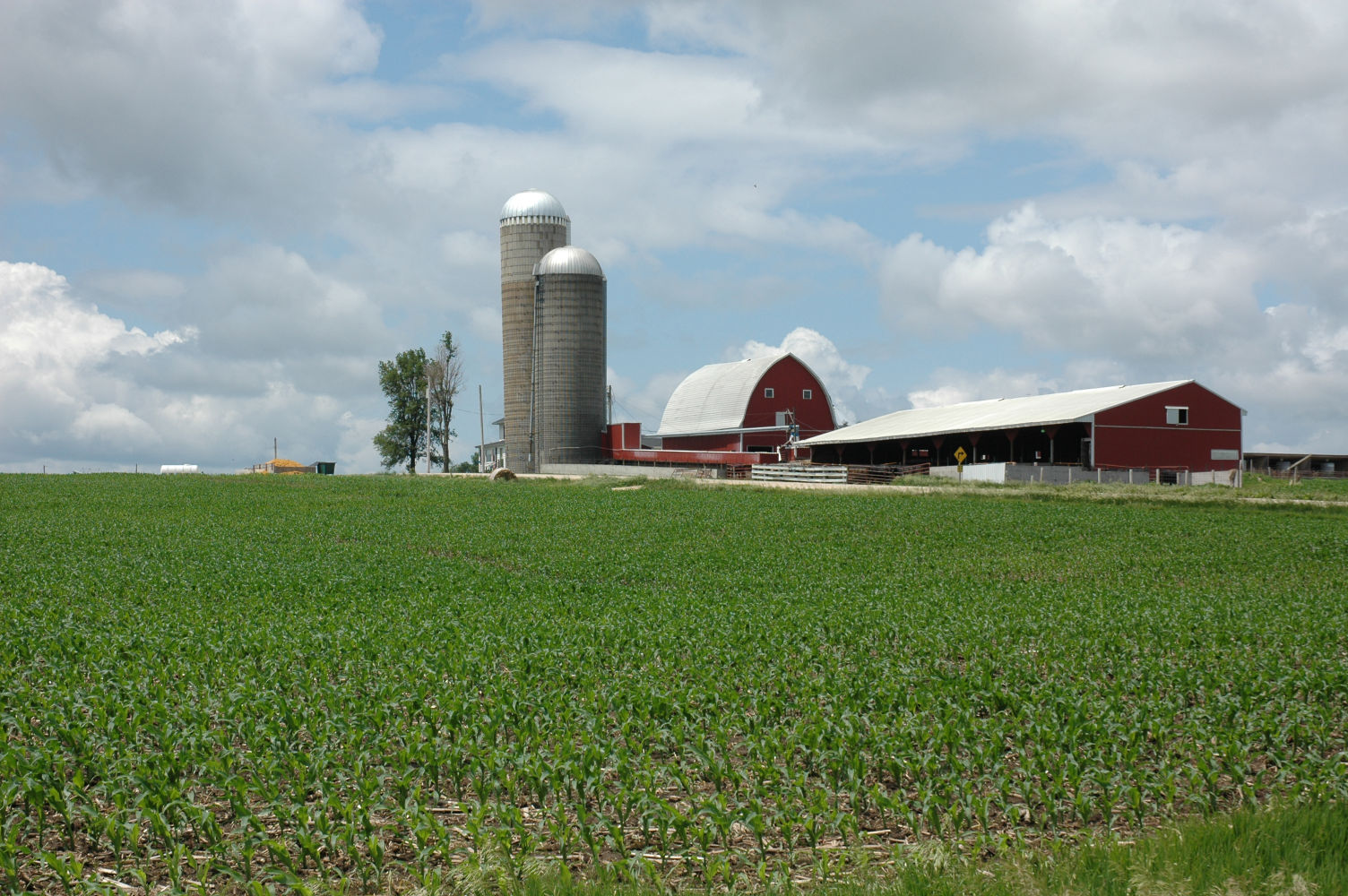Of the 6,288,648 farms counted by the United States Census by April 1, 1930, two out of every three of those operations were between 20 and 174 acres. Larger farms, or those over 1,000 acres, made up only 1.3% of the mix.
Fast forward to the latest Census data and you’ll find that some of the categories have changed slightly but the number of smaller farms has continued to decline and the number of larger farms has grown. The U.S. Department of Agriculture counted 2,042,220 farms in the 2017 Census and about 28% were in the 50- to 174-acre category, while the number of farms over 1,000 acres made up slightly more than 8%.

There’s been a lot of debate over how to keep more small farmers on the land and whether or not the growth of very large farms is a good thing. Regardless of your opinion, some new research aims to dig deeper into the demographics and shed light on why some of these changes might be happening—beyond some of the basic economic principles at play.
A new Aimpoint Research report, which delves into the psychographics, demographics, and behavioral data of U.S. farmers in a post-pandemic but still volatile environment, spells out many of the changes taking place across U.S. agriculture. The report also indicates that pace of change across American agriculture is moving at a faster rate than previously predicted.
The “Farmer of the Future 2.0” analysis builds on the firm’s 2018 Farmer of the Future report and attempts to identify “what they will require of us in the industry and the organizations that ultimately serve them,” Aimpoint Research CEO Brett Sciotto said in an interview with Agri-Pulse.
The 2018 report predicted that two categories of producers (Independent Elites and Enterprising Business Builders) would grow from 41% to 71% of U.S. farmers by 2040, while the other three groups would decrease. The 2023 report confirmed that trend, albeit at a much faster rate. In only five years, Independent Elites and Enterprising Business Builders already represent 62% of U.S. farmers.
“Since the original study was released, the world has experienced major disruption that has impacted all sectors of human activity,” said Sciotto. “The ripple effects are still being felt. Interest rates and inflation continue to fuel economic concerns. Geopolitical uncertainty is creating new trade flows, and technology is rapidly evolving. These and other forces have accelerated the transformation of U.S. agriculture.”
Sciotto said one of the key lessons of the 2023 report was that the entrepreneurs and the innovators are prevailing.
“They are embracing change faster and adapting faster, which is leading to success. We’re also seeing that the consolidation of acreage, the new generation of farmers coming in, is kind of reinforcing that entrepreneurial mindset. And this generational shift, which has largely been shaped and propelled by disruption, is coming into the industry thinking about the business.”
While many industry analysts look at the demographics in agriculture, Sciotto said the idea behind the psychographics was to “get deeper into who these farmers and ranchers are, how they view the world, how they make decisions, how they embrace change, how they think about collaboration and technology. That helped us then predict why they were acting a certain way or
In the latest report, farmers and ranchers are segmented into five new groups: Ambitious Architects (19%), Confident Tacticians (23%), Connected Stalwarts (27%), Lone Rangers (15%), and Resolute Defenders (16%).
Sciotto said the “Ambitious Architects” are the most entrepreneurial class and “they skew a little bit younger, kind of reinforcing the fact that if you’re a younger farmer entering agriculture, you know what you’re getting into.” For this group, “technology has been more omnipresent in your life, you’ve had to quickly navigate turbulence that many farmers have only seen once in a generation, and you just went through three or four different events that tested your wherewithal.”
This group is also entering the industry with an understanding of the environmental challenges.
“They understand ESG, they understand what consumers are thinking about, and they’re trying to operate within the rules of the game,” Sciotto said. “They are also thinking about what the different approaches to operating their farm might yield as a differentiator in the marketplace, and they’re trying to build those unique relationships.”
Aimpoint Research COO Mark Purdy added that, “This is a segmentation for understanding. It’s not picking winners and losers. But it’s foundational on how the industry can best serve, communicate, and provide access to all farmers.”
Other key takeaways from the Farmer of the Future 2.0 report:
• Fewer farmers and ranchers expressed an interest in acquiring another operation, dropping from 24% in 2018 to 8% in 2023. Sciotto said that is probably predictable “based on the interest rate environment, the risk profile, the dynamic marketplace and the ups and downs and just trying to be a little more cautious in their growth.”
• About 31% of farmers and ranchers believe that automation will replace the need for human manual labor.
Sign up for HPJ Insights
Our weekly newsletter delivers the latest news straight to your inbox including breaking news, our exclusive columns and much more.
• The number of farmers and ranchers who have multi-year business plans increased from 24% to 58%.
Editor’s note: Sara Wyant is publisher of Agri-Pulse Communications, Inc., www.Agri-Pulse.



